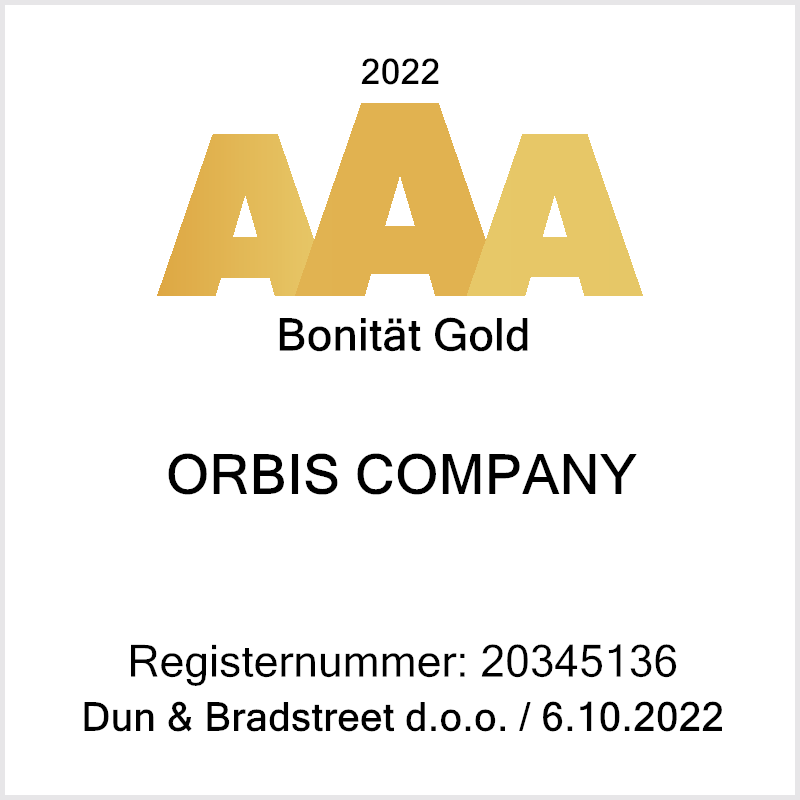Day I –
The flight from Nis is at 6:50.
From Fiumicino airport (Leonardo da Vinci) we take the Leonardo express train to the Termini train station (which is also the hub of the metro line). From there it is about a 30-minute walk to Hotel Athena.
After accommodation, we go to the city center. The closest metro station to the hotel is Policlinico (line B), a 10-15 minute walk away. We change at Termini station and go to Spagna station (line A).
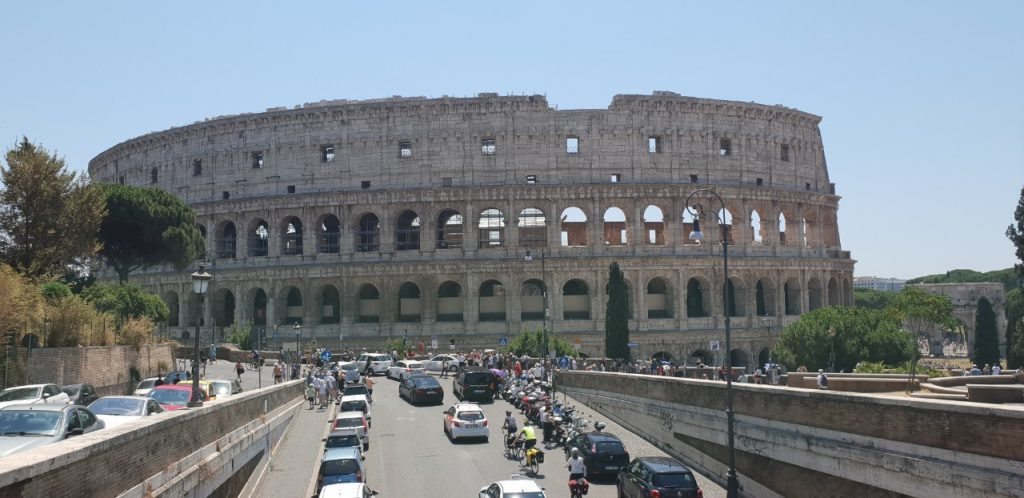
A more or less free walk is planned in the central city areas that are interesting for tourists and are valid for places of entertainment and shopping. Along the way, we must not miss some ancient and baroque monuments that we will not have time for later. Antiquity, Renaissance and Baroque were golden times for Rome and Roman art. This is in the plan:
- Piazza di Spagna – with the Spanish Steps, a favorite meeting place.
- Mausoleum of Augustus (under reconstruction) – Octavian Augustus is the first Roman emperor after the fall of the Republic, his reign was the longest and probably the most successful. Other emperors of his dynasty were buried there: Tiberius, Nero, Caligula, Claudius and other close relatives.
- Via del Corso – The main street in the historic city center that connects many points of interest. The main evening promenade.
- Trevi Fountain – A favorite baroque fountain near Via del Corso,
- Piazza Colonna with the column of Emperor Marcus Aurelius (Marcus Aurelius), one of the best emperors who was also one of the most famous Stoic philosophers. Just across the street is the attractive Sordi Gallery (mall in an elegant vintage style)
After that, we leave Via del Corso to see some more squares.
Piazza di Sant’Ignazio square. It houses the central world church of the Jesuit order, the Chiesa di Sant’ Ignacio di Loyola, named after the order’s founder. It is a Baroque (actually Rococo) church known for its interior vault painting that uses perspective and optical tricks. The painter is Andrea Pozzo.
Immediately behind, on the other side of the square, the remains of Hadrian’s Temple were used as a wall for a papal palace.
Piazza Navona. In ancient times, there was an athletic stadium, which is why the square still has the elliptical shape characteristic of Greco-Roman athletic stadiums. Today it is a baroque square dominated by the works of the sculptor Bernini and the architect Borromini.
Campo de Fiori – so “flower field”, but actually it was the place where the death sentences were carried out. Among other things, Giordano Bruno was burned there in 1600, as an early victim of the scientific revolution. His monument is in the center of the square. In the morning it is the market.
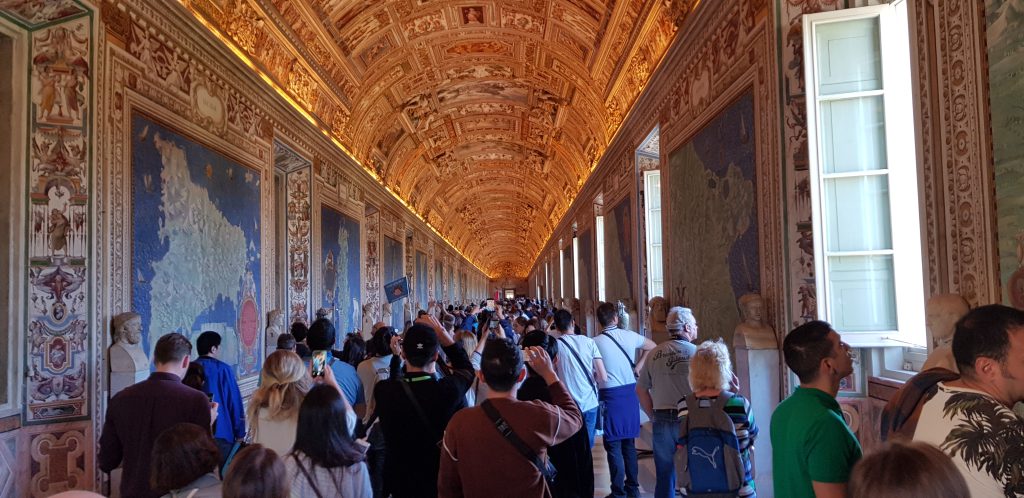
We cross the river Tiber (Tevere in Italian) and go to Trastevere (literally “on the other side of the Tiber”), a picturesque part of the city with narrow cobbled streets lined with restaurants and bars, which is today a favorite place for evening entertainment. Free time – enjoy your time.
Day II –
After breakfast we take the metro to the Vatican. We go from our Policlinico station, change at Termini station and take line A to Ottaviano station, which is already on the other side of the Tiber, then we walk to the entrance of the Vatican Museum. We should be there at 10:40 at the latest. Our check-in time is 11:00 AM. There are works from all eras and it would take too much time to pay attention to everything, but the most important ones should not be missed:
- of the ancient works of art, the most valued is the sculpture Laocoon and his sons (1st century BC, joint work of three sculptors from Rhodes), which even then Pliny the Elder celebrated as the pinnacle of art. It was discovered in 1506 at the height of the Renaissance, in which Michelangelo also participated, exactly at the time when the young Michelangelo was already creating sculptures of a similar artistic level. It took more than 1,500 years for the artists of modern civilization (first Michelangelo, and soon Bernini) to surpass the ancient sculptors.
- From the Renaissance works, we must not miss the works of Michelangelo (Sistine Chapel) and Raphael (Stanze di Raphael)
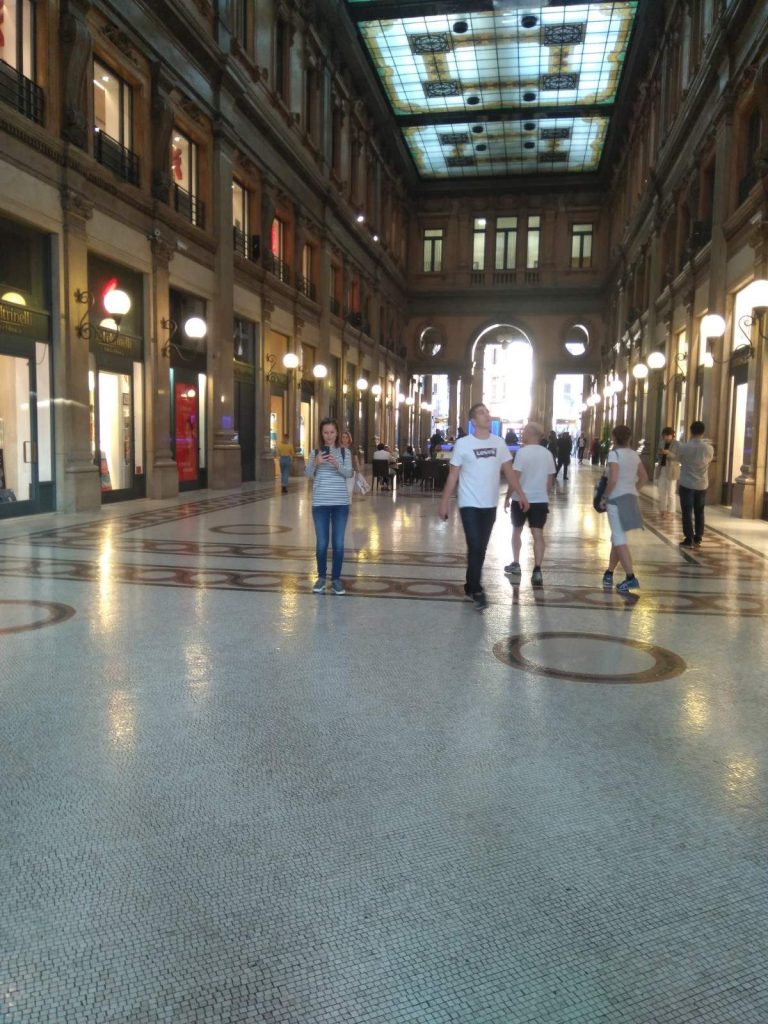
The whole tour of the museum lasts about three hours, after which we go to the Basilica of St. Peter – the central Roman Catholic church. The Vatican exits past Hadrian’s mausoleum, which today is called Castel Sant’Angelo. Hadrian and his predecessor Trajan ruled when the empire was at its peak. Hadrian was a promoter of Greek culture and one of the most successful Roman emperors (II century AD).
Later in the day we will see the following:
- Pantheon – temple of all the gods from the time of Hadrian. The dome was built of Roman concrete, without reinforcement, and to this day is the largest unreinforced concrete dome in the world, topped by a puzzling skylight.
- Largo di Torre Argentina with the remains of several temples from the Republic era and Pompeii’s theater. It was there that assassins led by Marcus Junius Brutus assassinated Caesar trying to save the Republic. This, however, set in motion a series of events that eventually led to the collapse of the Republic and the formation of the Empire.
We go to the Piazza Venezia, where, from the balcony, Mussolini gave fiery speeches. There are Trajan’s Column – the memory of Emperor Trajan who brought the Empire to its peak (early 2nd century AD) and the imposing monument Monumente a Vittorio Emanuele II (19th century) to the first modern king of a united Italy.
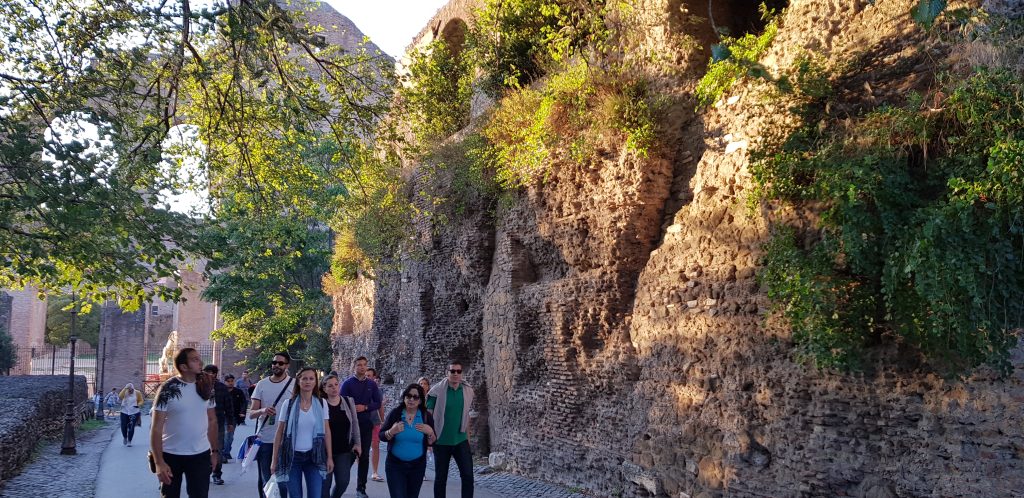
Behind that monument is the central area of ancient Rome with all the “seven hills”. We pass by the Roman Forum (Foro Romano), the Colosseum, the stadium for gladiator shows, the remains of the public baths from the time of the emperors Titus and Trajan (Thermae of Titus and Trajan), as well as other remains.
Leisure.
Day III –
We walk to Republic Square and the remains of Diocletian’s Baths near Termini train station. Diocletian is a very important emperor, originally from around Split, who reformed the empire and stopped its decline in the third century. He is also known for the persecution of Christians.
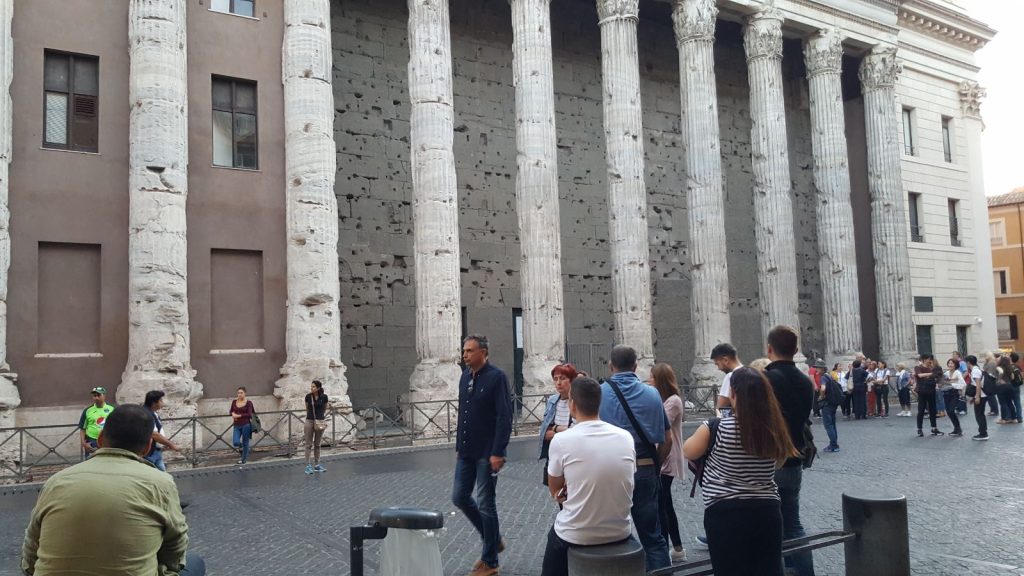
We continue to the Basilica di Santa Maria Maggiore. It is one of the four most important Catholic churches in the world (all four are in Rome). Among those four are the basilica of St. Peter’s in the Vatican, and we will not go to the remaining two, at least not in an organized way. The church is extraterritorial property of the Vatican and is guarded by the Vatican Guard. The interior decoration is a strange mixture of ancient, Byzantine, medieval, Renaissance and Baroque art. Bernini’s tomb is located there.
All other time is free.
Day IV –
On the last day, we will see a more modern Rome. After breakfast, we take the subway from the Policlinico station on line B to the EUR Palasport station, in the EUR part of the city that Mussolini envisioned as a showcase for the success of fascist Italy. Apart from the original buildings from the fascism era, there are also post-war buildings and modern business skyscrapers.
Palazzo dello Sport – a sports hall that is now, for commercial reasons, called PalaLottomatica. The designers are: as an architect, Marcello Piacentini, the chief architect of the EUR from the Mussolini era, and as a structural engineer, Pier Luigi Nervi, who as a structural engineer and as an architect was the leading designer of post-war Italy, and also one of the best in the world. He stood out with elegant buildings with clear constructions that he emphasized with ribs in the direction of the main currents of forces.
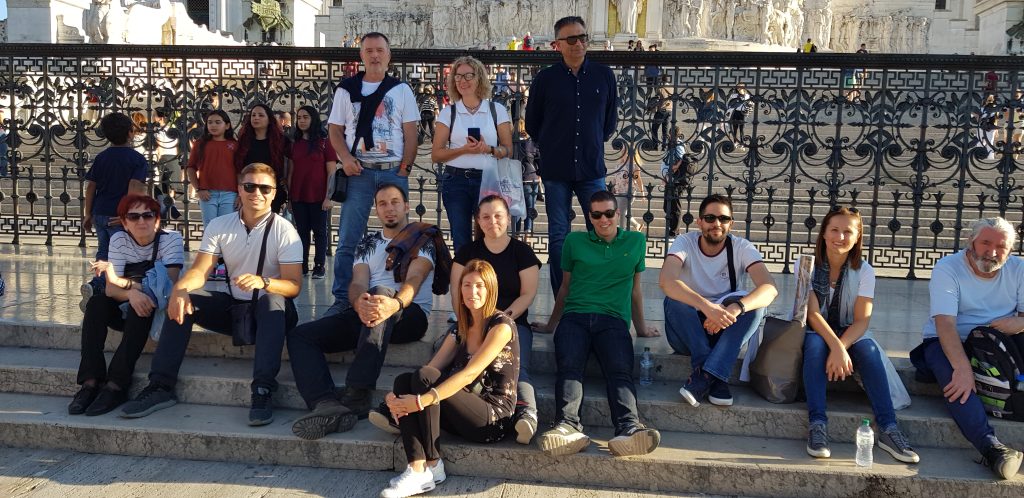
We walk through Via Cristiforo Colombo and Viale della Civilta del Lavoro through the central zone of the original classicist EUR to the Palazzo dell Civilta Italiana (Palace of Italian Civilization) which reflects the pride of Mussolini’s Fascist Italy.
On the way back to the metro station EUR Palasport, where there are modern office buildings, I guess we will find a coffee shop (I think Starbucks has not received permission to operate), so that we can mingle among the Italian businessmen of the new generation.
The flight to Nis is at 21:00
